Top 11 Interesting Facts about Venice
Venice is an easy place to fall in love. It's one of the world's most magnificent cities. a location with vibrant buildings, charming canals, and a sparkling ... read more...lagoon. You can cruise by boat through an unending network of lovely canals to visit old palazzos, churches, and museums. But this fascinating metropolis is hiding a lot of mysteries from the outside world. We have compiled some of the interesting facts about Venice that you might not be aware of.
-
According to the Catholic Church, March 25 is the Annunciation of the Lord, making it a good omen for a city to be born as it would be "blessed" in a spiritual sense. When the lagoon region was still spatially forming, in the year 421, rivers like the Po, Adige, Brenta, Piave, and Tagliamento that flowed down from the Alps and Prealps drew a significant amount of sand and silt into the sea. As they moved more slowly toward the mouth, the sediments created bogs and islands, which were later changed into broad stretches of land that ran parallel to the coast: the beaches.
The lagoon was located in the center, between the coasts and the mainland, and its complicated network of more or less deep canals made it challenging for boats to navigate unless you know the region like the back of your hand. The Venetian people considered this region as the best location to seek sanctuary exactly because of the ongoing invasions by the Huns, the Sarmatians, the Goths, the Alans, and the Vandals at the beginning of the 5th century. The Venetians understood that they had to defend themselves and started to occupy the lagoon since the Roman Empire, which up until that point had provided some semblance of "protection" from invaders, was struggling with its survival and had many other difficulties to overcome.
With the foundational stone being laid for the San Giacomo di Rialto (San Giacometto) Church on March 25, 421, Venice was officially created. Both the Latin chronicle Chronicon Altinate, which describes the foundation myths of the city, and Venetian historian Marin Sanudo, who wrote about the devastating fire on the Rialto bridge in 1514, mention these origins: "Solum rests on its feet the church of San Giacomo of Rialto, which according to our legends was built on March 25, 421, and was the first church built in Veneto."
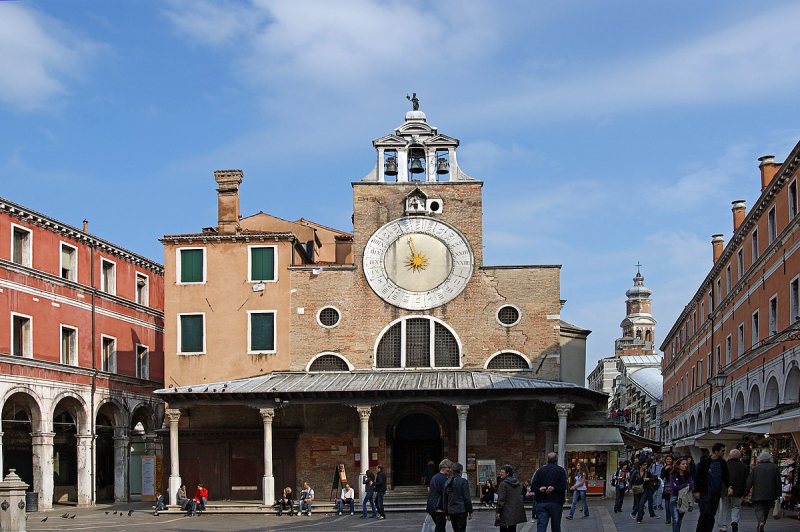
San Giacomo di Rialto - en.wikipedia.org 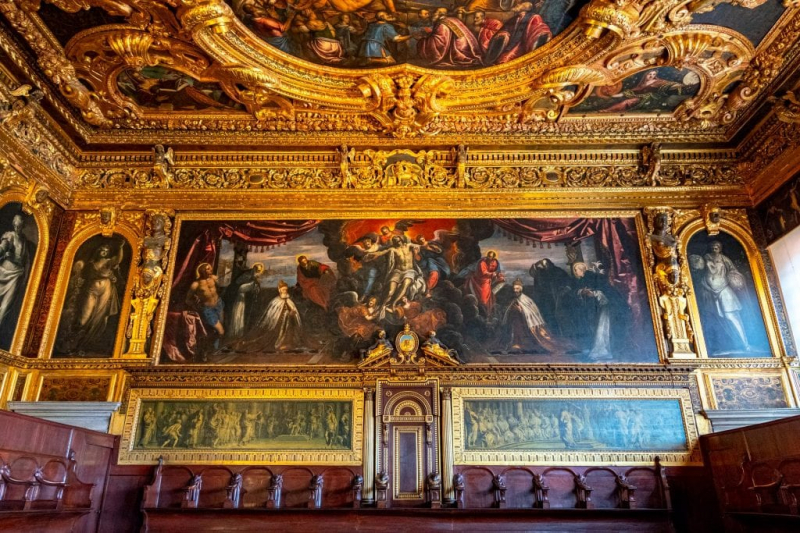
en.wikipedia.org -
When you take in your surroundings and realize that everything is rising out of the sea, the stunning piazzas and lavish structures become even more spectacular. How was the city established on such shifting ground? The region was a murky, marshy lagoon with all the islands dispersed throughout its swampy plains before Venice evolved into what we know it to be today. Early inhabitants had to drain the lagoon and create the canals to make it into the floating metropolis that it is today known as. Because their homes were so much simpler than those of the early settlers, they didn't employ this strategy. They were lightweight and composed of wood, reed, and clay. They just built on the sand-covered islands that were already there. Venice need additional room as its significance grew. As a result, they were forced to construct on the river, where there was no land.
Later, as the palaces grew heavier, a stronger foundation was required. Due to all of this, piling and drainage were required to keep the structures from plunging into the mud. The Romans also built piles, but in Venice, the piles had to be able to withstand harsh weather. So they gradually lengthened and multiplied the wood poles. They lined them with wooden posts or logs, which were also laid on firm clay beneath, to create a barrier. The stakes were subsequently covered with wooden platforms, which were eventually covered with stone. On these pillars are constructed Venice's structures.
How has the wood held up over time? You may assume that the structure would have degraded and the city would have collapsed into the canals. In reality, the oxygen content of the water around Venice is low, making the environment unsuitable for microbes that may decompose the wood. Additionally, the seawater has caused the wood to absorb salt and other minerals, hardening it into a substance with the strength of stone.
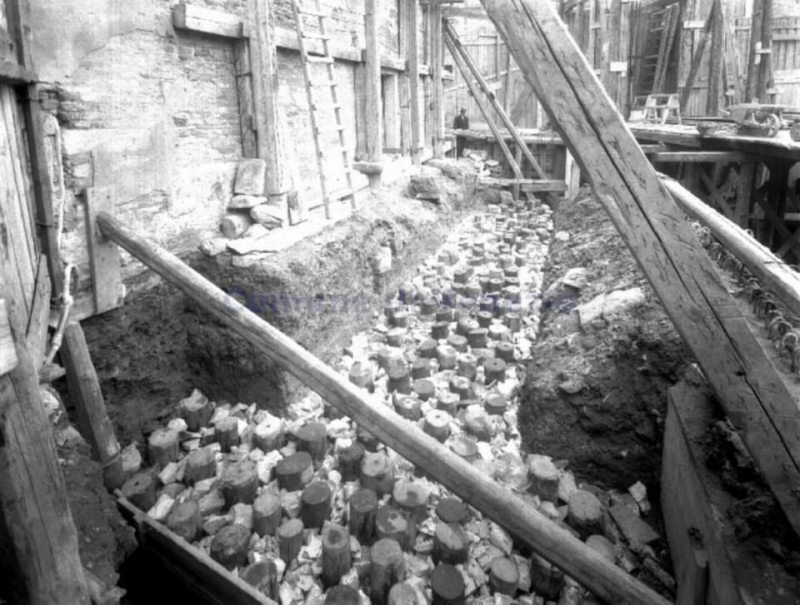
www.pinterest.com 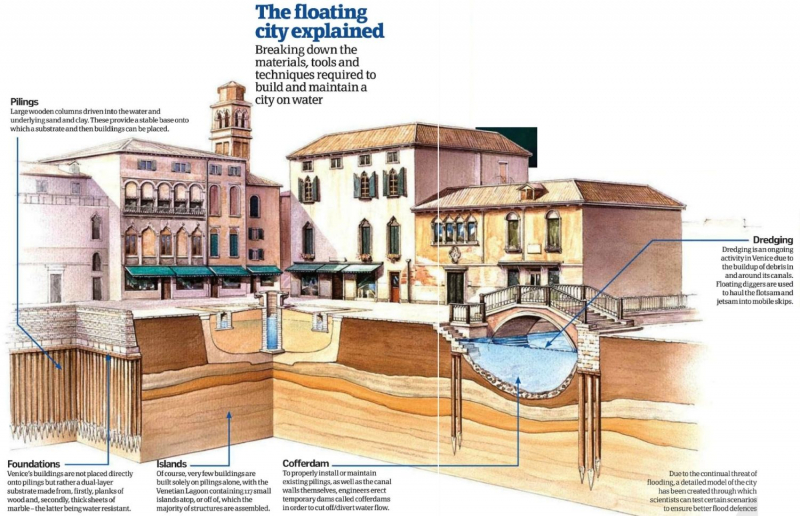
www.pinterest.com -
For more than a thousand years, the lagoon city was a sovereign empire, which is one of the interesting facts about Venice. It was referred to as La Serenissima from 697 until Napoleon took it in 1797 when its independence was finally ended. France and Austria fought each other for control until, in 1866, King Vittorio Emanuele II of Italy annexed the city. Before then, Venice dominated the majority of the Mediterranean and conducted trade with western Asia, reaching its zenith in the 14th century. Venice ruled over islands like Crete and Cyprus and had a significant influence on the metropolis of Constantinople (modern-day Istanbul).
Salt played a significant part in the founding and growth of Venice, and it has continued to do so throughout the city's history. Salt was naturally abundant in Venice lagoon due to its topography, which has shallow and calm sea water, and it was also simple to intentionally establish "fields" on which to generate salt. For more salt, the Venetians began to cultivate the lagoon! Once the Venetian ships were filled with salt, they would set sail for other marketplaces and trade their commodity for food, valuable items, or exceptional local commodities. "These folks don't till and don't grow, yet they can purchase grain and wine anywhere," a customer officer from Pavia said.
Venetians began trading salt together with extremely valuable textiles, spices, fragrances, unusual bird feathers, and glass. Venice has had the exclusive production rights for glass for many years, giving her another opportunity to control a sought-after and pricey good. The Serenissima had to move all of its glass production to a different island because the pollution and fire danger posed a serious threat to the city. Glass production and commerce were so significant and widespread. The glass manufacturers were relocated to the island of Murano and have been there ever since.
Due to its terrain, Venice developed into a tenacious empire that relied on strong commercial connections and shipbuilding to thrive. With sound economic judgment, Venice became one of the richest cities since it was unable to rely on other industries, including agriculture.
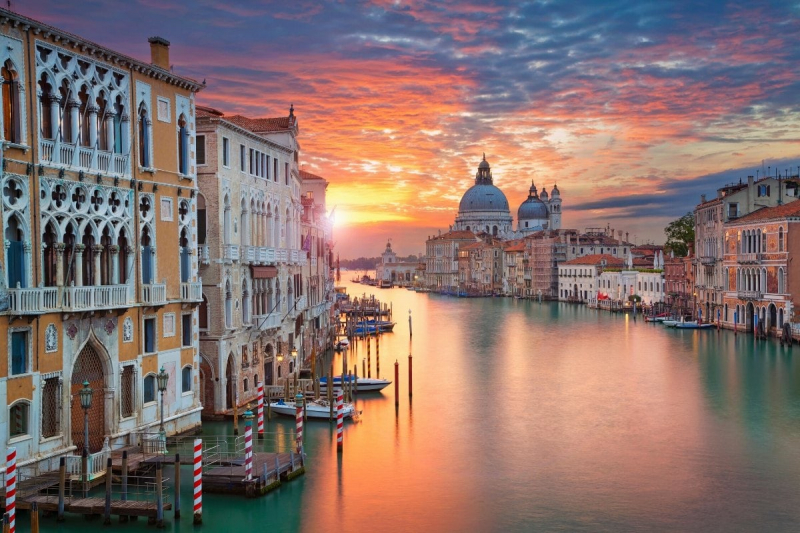
www.thelocal.it 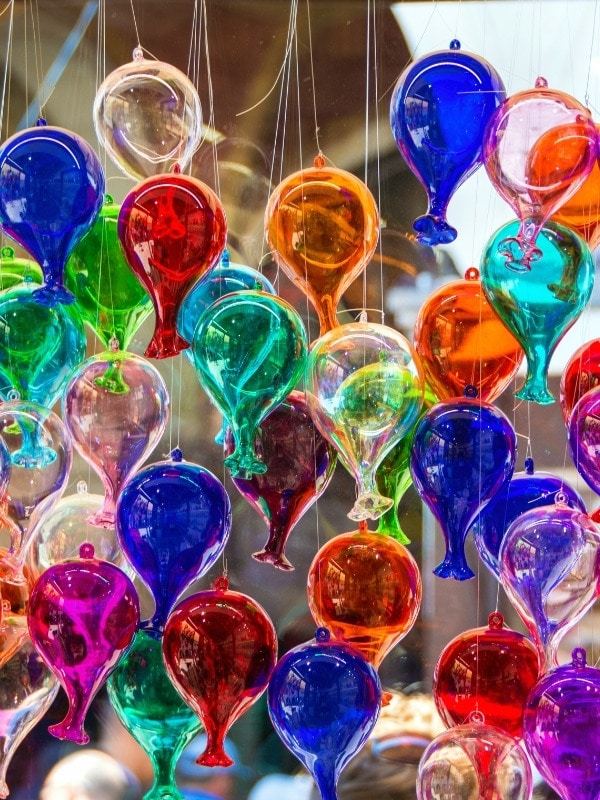
Murano glass - www.thelocal.it -
Venice's initial experience with quarantine dates back to the Middle Ages! Venice is where the term quarantine originally appeared, which is one of the interesting facts about Venice. Because Venice's economy was based largely on maritime trade, it was inevitable that ships that anchored in the city would also carry disease epidemics with them. The bubonic plague, popularly known as the Black Death, was particularly dangerous to Venice. They understood that to stop the sickness from spreading at this time, they needed to take drastic action. In the fourteenth century, Venice sought to shield her populace from potential shipborne epidemics. First, as was already said, they made all ships anchor for forty days. The term "quarantine" was first used in Italian for these Quaranta Giorni or quarantine.
Second, they made good use of the surrounding islands of Lazzaretto Vecchio and Lazzaretto Nuovo. When the plague first struck Venice in the middle of the fourteenth century, it wasn't long before they came up with a brilliant concept. All plague victims were sent to Lazzaretto Vecchio for isolation and medical care. Lazzaretto Nuovo served as the port of arrival for ships carrying possibly ill crew members or passengers. These two islands were Venice's public health response, and considering the historical period, it was rather successful. They might leave if the illness symptoms disappeared after 40 days.
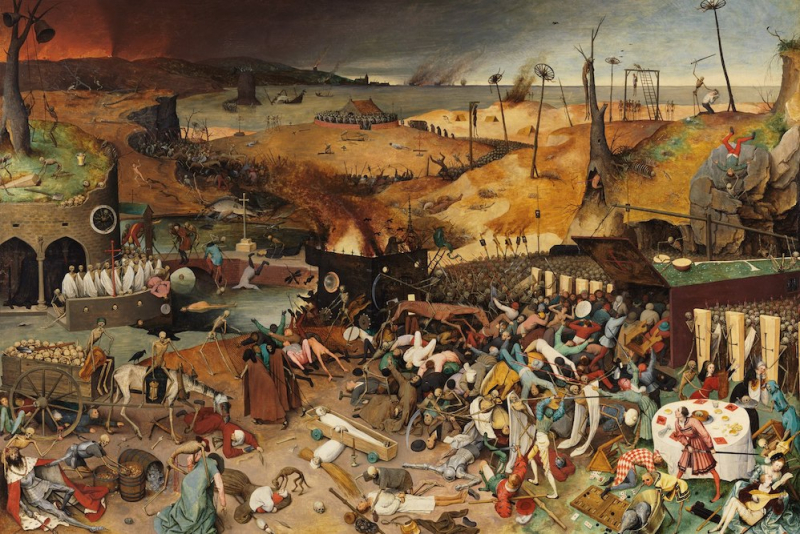
www.zocalopublicsquare.org WION - youtube.com -
Venetian masks are a representation of the city and its festivities during February's carnival season. They can range from inexpensive plastic ones to expensive works of art with elaborate designs that cost hundreds of dollars. But historically, these masks had considerably less to do with public celebrations. In the days before Lent, they were worn in the city to hide people's identity when they participated in any activity that wasn't sanctioned by the Church.
They were sometimes used to hide unlawful or criminal behavior, while other times they were for much less sinister behavior that was nonetheless frowned upon, such amorous encounters. They were indeed made unlawful for this reason at various stages in Venice's history. These striking face coverings have been around since the 13th century. By the 17th and 18th centuries, they had gained such widespread acceptance among the elite that the government was forced to impose restrictions on their use. The legislation was enacted that restricted the use of masks to the three months leading up to Lent.
Certain actions were occasionally prohibited when wearing masks. Throwing eggs laden with perfume at onlookers was one of the Venetians' favorite pastimes in the thirteenth century. The secrecy of mask-wearing, however, encouraged some to start hurling ink-filled eggs instead. Due to this, a regulation prohibiting the wearing of masks and the throwing of eggshells was passed in 1268.
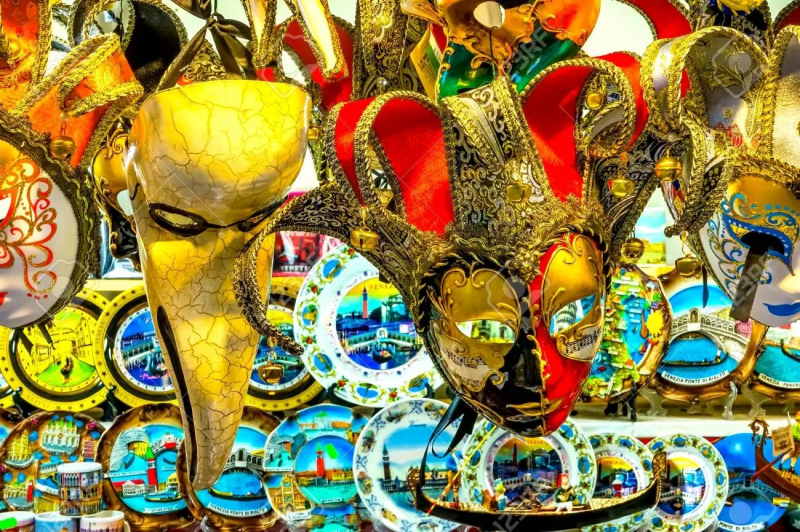
www.carnivaland.net 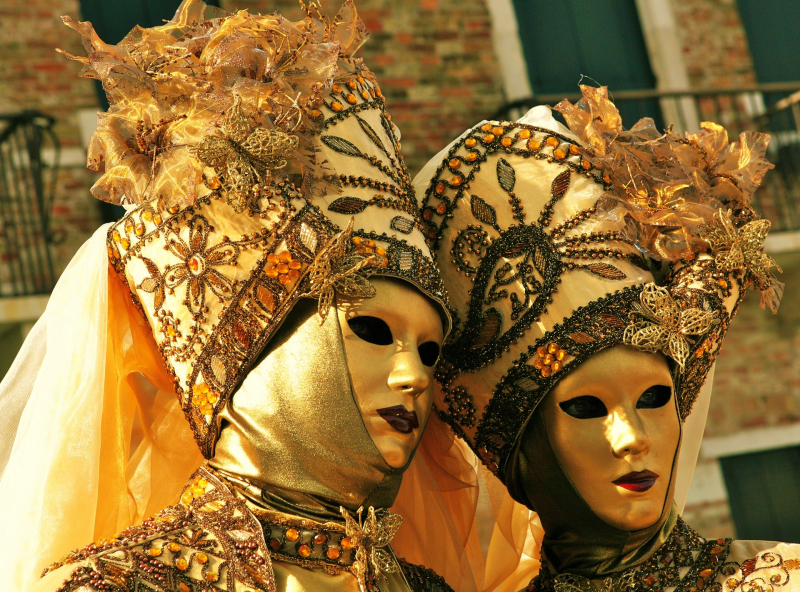
www.carnivaland.net -
In Venice, wearing a mask became required in some social settings. Women had to wear masks when going to the theater once they were married, for example. By this time in their marriage, masks more often acted as a symbol of humility than of seduction. Additionally, Moretta is a black oval mask used only by women, also known as muta. By biting down on a button fastening to the mask's back, it was kept in place. The wearer was unable to communicate as a result, which made it fascinating to the man seeking to figure out her identity.
Some masks were even worn by doctors as a necessary piece of equipment, serving as an early example of personal protective gear. Because of its large beak, which gives it a highly ghastly appearance, it is now quite well-liked by visitors. This mask was not a theatrical or carnival mask. Instead, it was put to work to complete a task. In other words, it was worn so that medical professionals could approach and cure plague victims. If you believe that doctors nowadays use personal protective equipment (PPE), then you should know that Venetian physicians used this PPE in the sixteenth century. The doctor's beak was filled with fragrant herbs to assist escape the disease's odor. The eye apertures were sealed with a form of glass for safety. Additionally, the doctor's attire was constructed of waxed canvas.
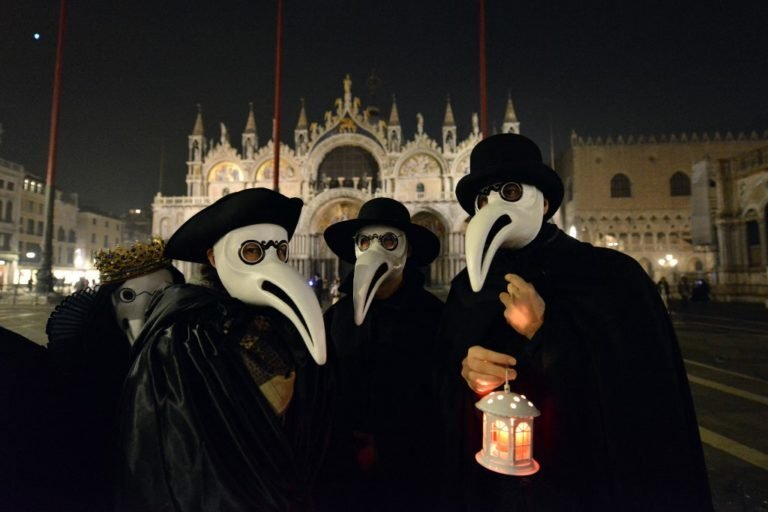
www.123rf.com 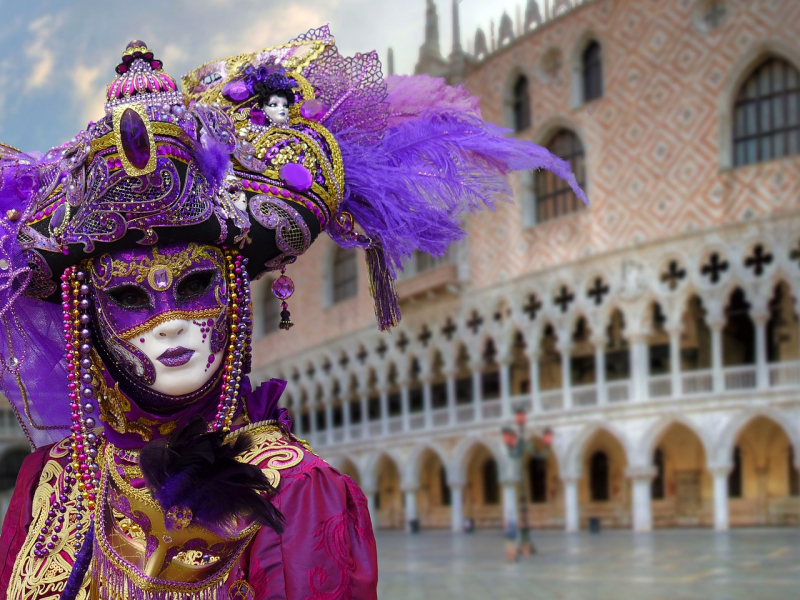
www.123rf.com -
One of the interesting facts about Venice is that has its language. The Venexiàn dialect, which is used in the city, is maybe another form of disguise. Some linguists claim that it isn't an Italian dialect at all, but rather a whole other language. In his book of writings Italian Hours from 1909, Henry James calls Venexiàn "a wonderful garrulous language that allows them to make Venetian life a lengthy conversazione."
This language, the author claims, "has in it something essentially human and accommodating, with its gentle elisions, its weird transpositions, its friendly scorn for consonants and other disagreeable." Due to the long history of economic links, Venetian is heavily influenced by Latin culture but also has Greek and Arabic roots. Words like "fork," forchetta in Italian but pirn in Venexiàn, related to the Greek term piruni, show vestiges of these languages.
Because double consonants are typically spoken as a single consonant, Venexiàn is frequently referred to as the dialetto del mar (a dialect of the sea). For instance, a dish is called a piato in Venexiàn, as opposed to the Italian term piatto. You may also hear the Venexiàn phrases bacaro (meaning "local bar"), vin (meaning "wine"), bicier (meaning "glass"), ancuo (meaning "today"), and schei (meaning "money") throughout the city.
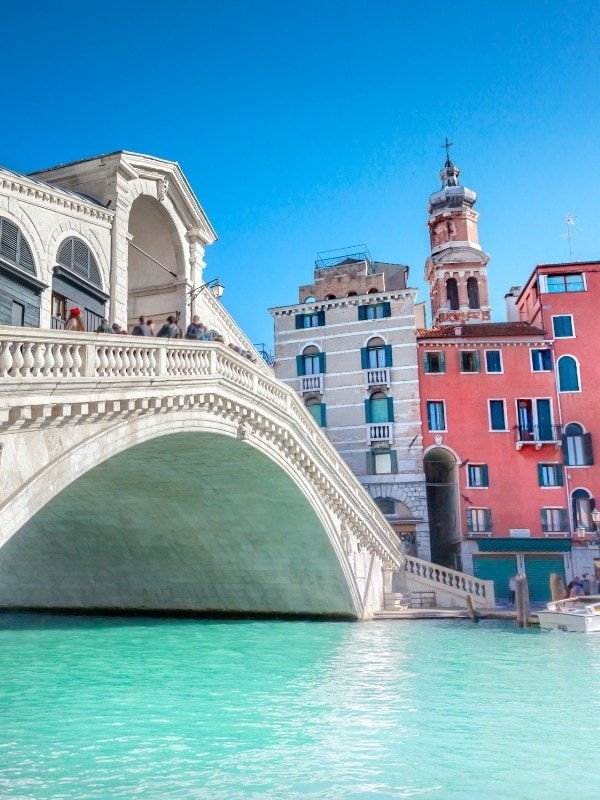
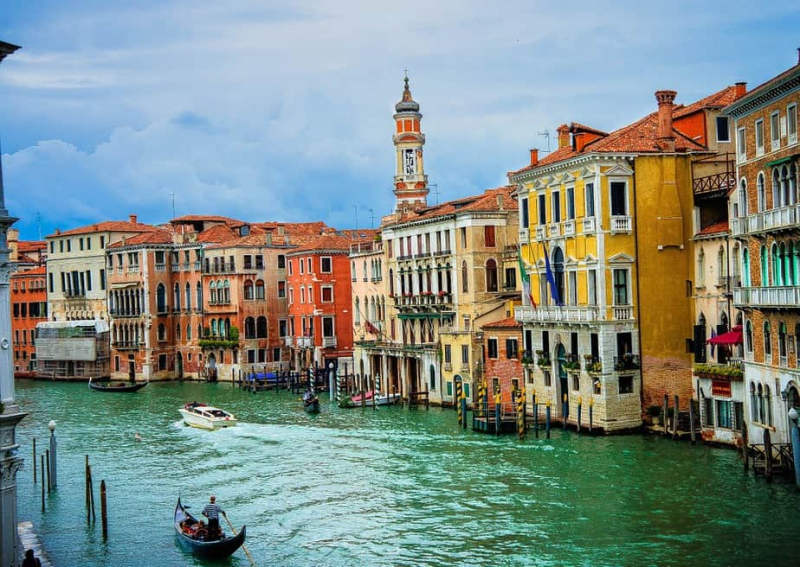
-
The northeastern Italian city of Venice serves as the region of Veneto's administrative center. In reality, the city of Venice is made up of several distinct islands, each with its personalities and landmarks. These islands, tucked in a serene coastal lagoon collection of 118 little islands that are connected by 400 bridges and 170 canals, are what give Venice its distinct appeal. Between the Po and Piave River mouths, along the shores of the marshy Venetian Lagoon, are where they are situated. They seem like one city's land mass as you move about, making it simple to forget that they are distinct islands.
These structures that were built here are quite amazing. If you don't take a bird's-eye view of Venice, you might never discover this fact. Who would have guessed that a city that was once a marshy lagoon would eventually resemble a fish made of islands? Views from above will see the city submerged in its aquatic environment. The city and its islands are one of the most visited places in Europe today and a UNESCO World Heritage Site.
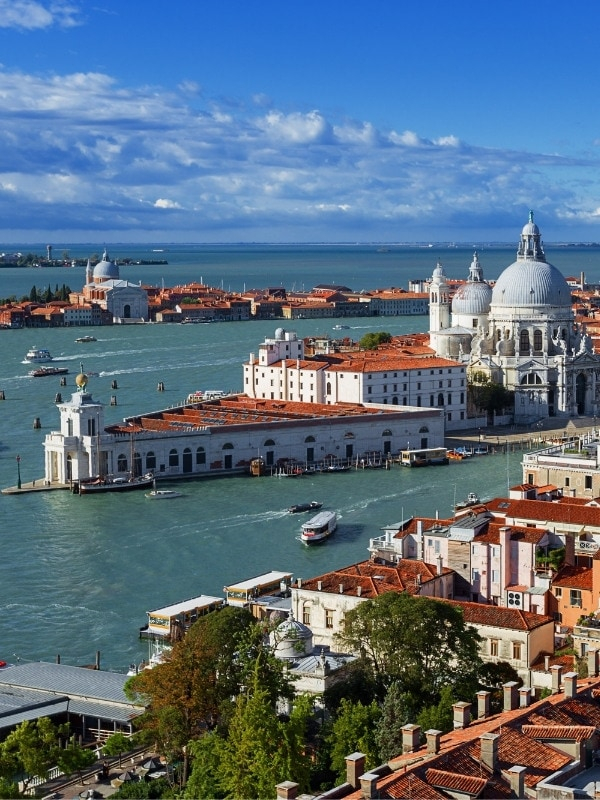
www.twobohemians.com 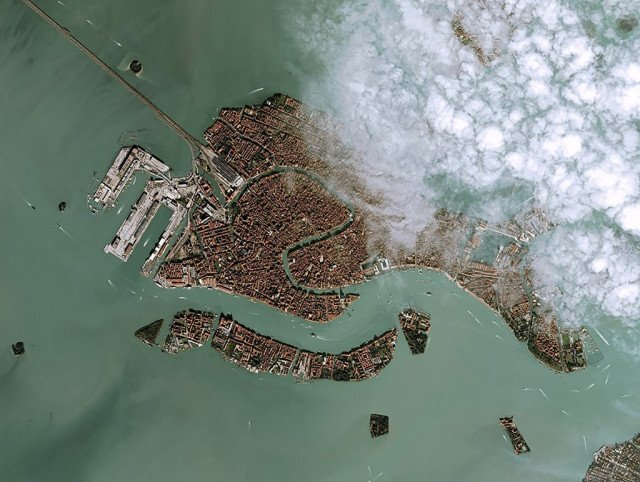
www.twobohemians.com -
In Venice, where there are no automobiles, the Grand Canal sees 60% of the city's traffic, making it one of Italy's most significant waterways. Even though it's busy, it's not as intense as driving along a busy highway! To visit Venice’s historic center either on foot or on the gondola, a notably romantic means of transportation. The historically significant, exquisitely adorned gondolas of Venice are arguably the city's most well-known icon. The need that these ancient boats be painted entirely black is one of the most interesting facts about Venice and gondolas. The goal of this antiquated rule was to lessen unfair rivalry among the city's numerous gondoliers.
But did you know it's not simple to become a gondolier? Each year, only 3 or 4 new gondolier permits are issued. Gondola manning is a long-standing Venetian custom that was formerly passed down from father to son and is now governed by a stringent training regimen. An apprenticeship with a master gondolier, more than 400 hours of training, and passing a test are requirements for applicants. It should come as no surprise that there are fewer gondolas traveling up and down the canals. During the 17th and 18th centuries, such rivers could hold up to 10,000 gondolas. But in current times only 400 boats, virtually all of which are employed for tourism, are still traveling the waterways
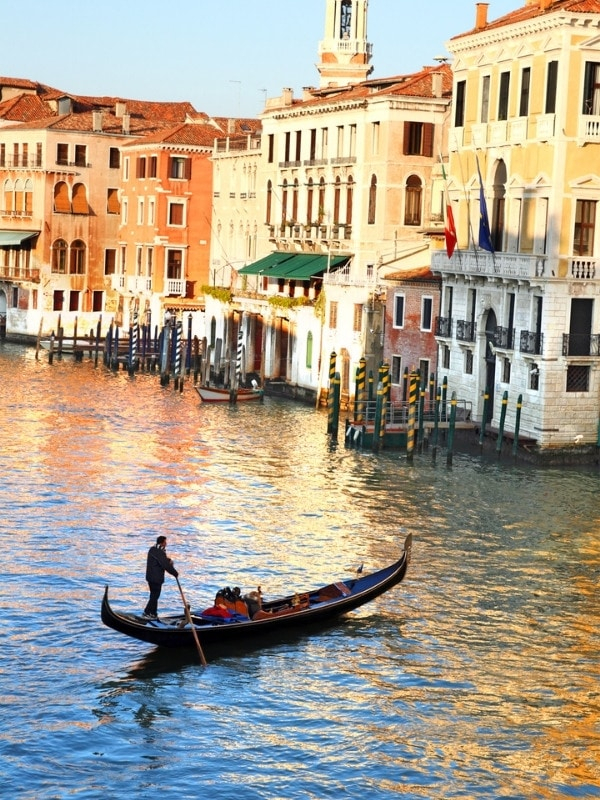
www.insidevenice.it 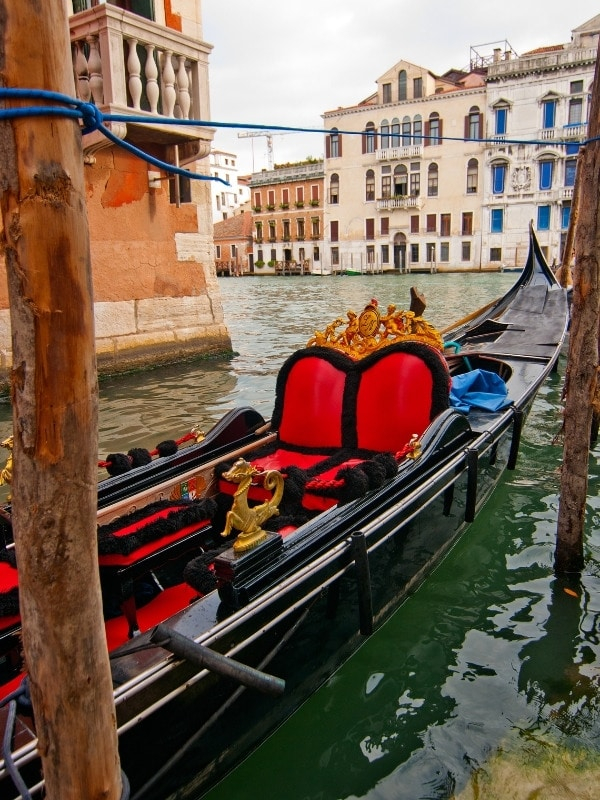
www.insidevenice.it -
The majority of people are aware of Venice is in a perilous situation, many of the issues are related to the water. A city built on water is inherently unstable. According to average estimates, the city is sinking by 1-2mm per year, and acqua alta events literally, "high water" make the problem worse.
Venetian extinction is thought to be a result of a combination of factors including climate change, water extraction from the city, and changing Adriatic plate boundaries putting some of its most well-known landmarks in escalating danger of flooding. The majority of Piazza San Marco had platforms ready in case the pavement stones were submerged.
However, flooding began to occur more frequently and with less notice approximately fifty years ago. The first statute protecting Venice, which recognized the city's fragility and the urgent need to save the lagoon from environmental catastrophe, was approved by the Italian government in 1973. To save Venice's delicate lagoon and the city itself, officials commissioned the MOSE - Modulo Sperimentale Elettromeccanico - barrier system, which consists of 78 gates that may be raised to hold back the tide. The long-awaited flood barrier was finally turned on in October 2020 and successfully kept back the tide after decades of debate and rising expenses.
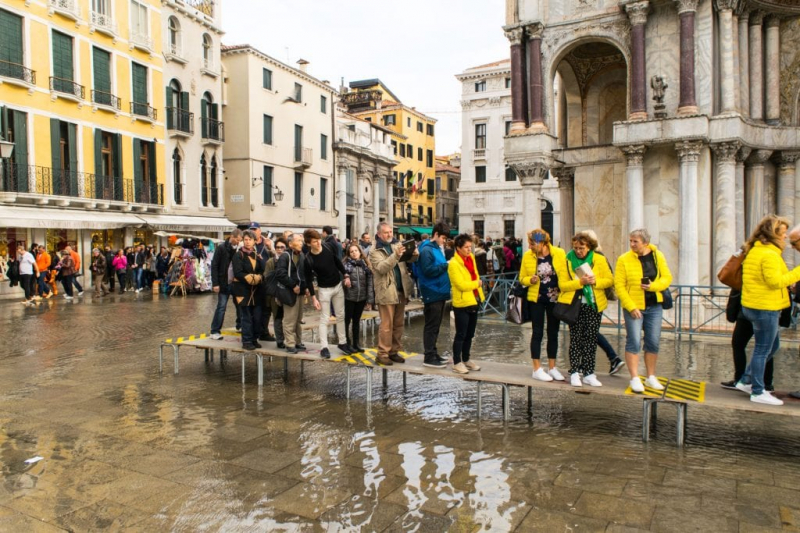
www.ourescapeclause.com 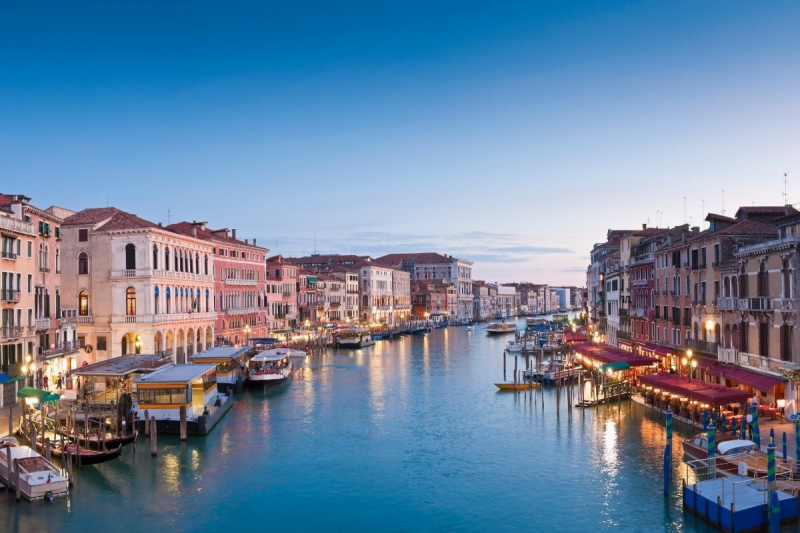
www.ourescapeclause.com -
Anywhere you walk in Venice, you'll get a wonderful view. One of the world's tiniest streets may be found when exploring the 170 canals and 400-footbridges of this city. The narrow Calletta Varisco is only 53 cm (21 inches) across. As we previously stated, Calletta Varisco in Cannaregio, next to the Fondamenta Nova and Campiello del Petrin, is Venice's tiniest street. Two buildings being so near to one another may appear weird to us now, but we must remember that Venice has always had a severe lack of space and that accessibility to various locations on foot has always been of utmost importance. Because of this, Venice has more than 3000 calli with a total area of around 15 square kilometers.
The next-tiniest streets after Calletta Varisco include Calle de l'Ocio Grosso (58 cm) at Casello, Calle de la Raffineria (59 cm) at San Cassiano, and Calle Stretta, which runs from Campiello Albrizzi to the Sottoportico della Furatola in the sestiere San Polo and is "only" 65 cm wide. Then, among many other streets whose width is less than one meter, we may name Calle di Ca' Zusto, which is 68 cm wide and is located close to Riva di Biasio.
If you come across one of these calli as you are walking through Venice, don't be afraid to enter and see what the city is also about: ancient walls, tiny windows with frequently tiny plants adorning their frames, a scent of salty water that makes the shadow inside the calle very evocative, not to mention the magic silence that lessens the sound of your steps as you walk.
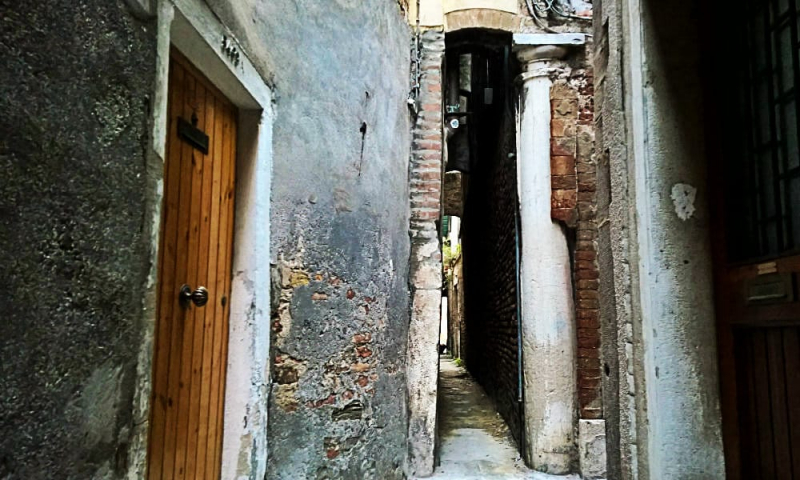
www.pinterest.com 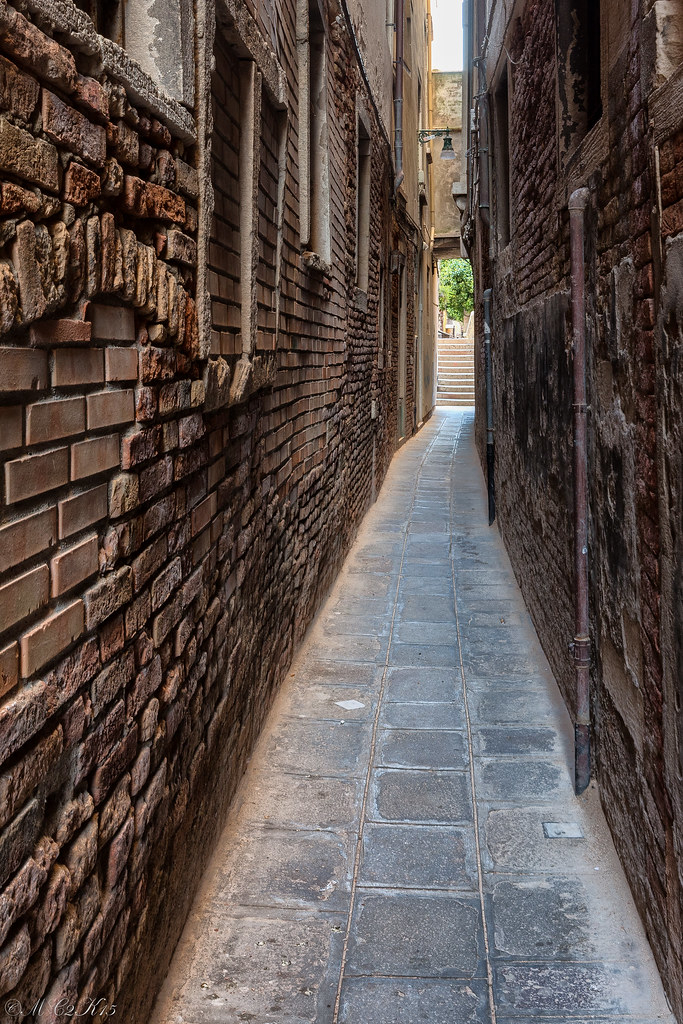
www.pinterest.com
































